Our monthly Japanese cooking class “att.Kitchen” was held in Ningyo-cho, and we made “Osechi (traditional Japanese New Year’s food)”.
Our monthly Japanese cooking class “att.Kitchen” was held in Ningyo-cho, and we made “Osechi (traditional Japanese New Year’s food)”.

Osechi are foods prepared for New Year’s in Japan. Most people think it is dificult and requires great care to prepare.
This time, professional chef Ms. Chie taught us simple and easy Osechi recipe. Braise and his mother from Sweden and a Russian lady who lives in Japan was our participants.

Braise said he has been helping his mother in the kitchen and we were all surprised with his knife skills.

There are many Osechi dishes. People think Osechi require a lot of time and work, but they can be kept for several weeks so that housewives can be freed from housework.
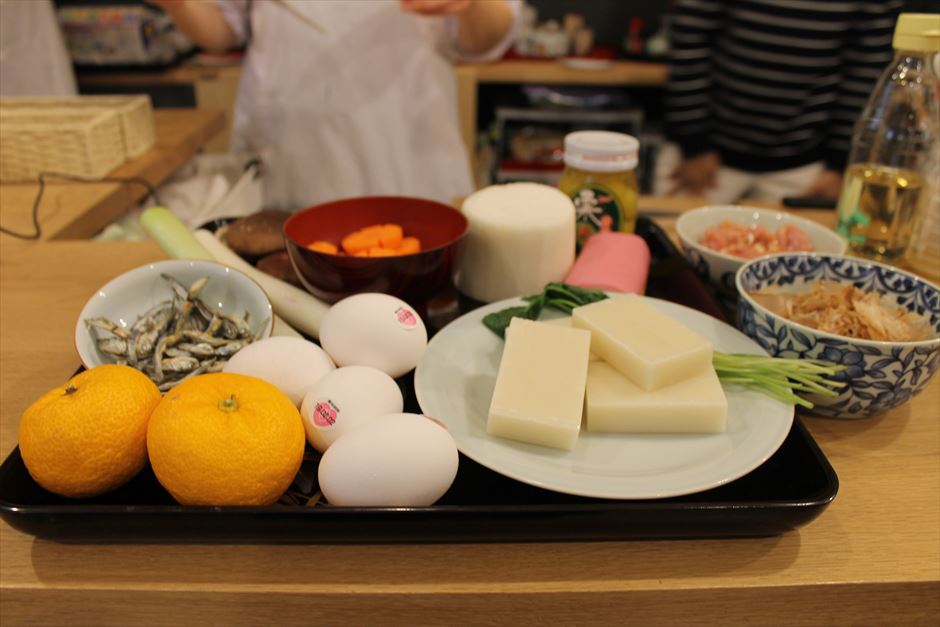
Each Osechi foods have superstitious meanings. “Tazukuri” are caramelized dried sardines cooked in soy sauce. “Tazukuri” is made to pray for productiveness of grain as dried sardines were used as fertilizer.
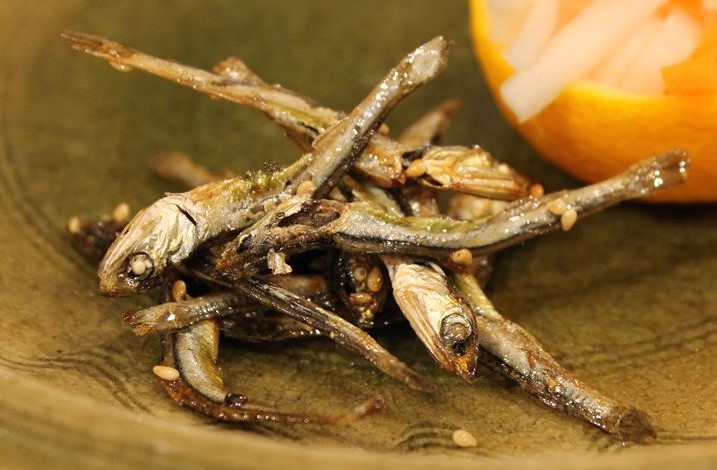
“Datemaki” is a sweet soft omelet mixed with fish paste and flavored with broth, sweet rice wine, and sugar. It is made to wish for scholarship because it looks like a scroll.

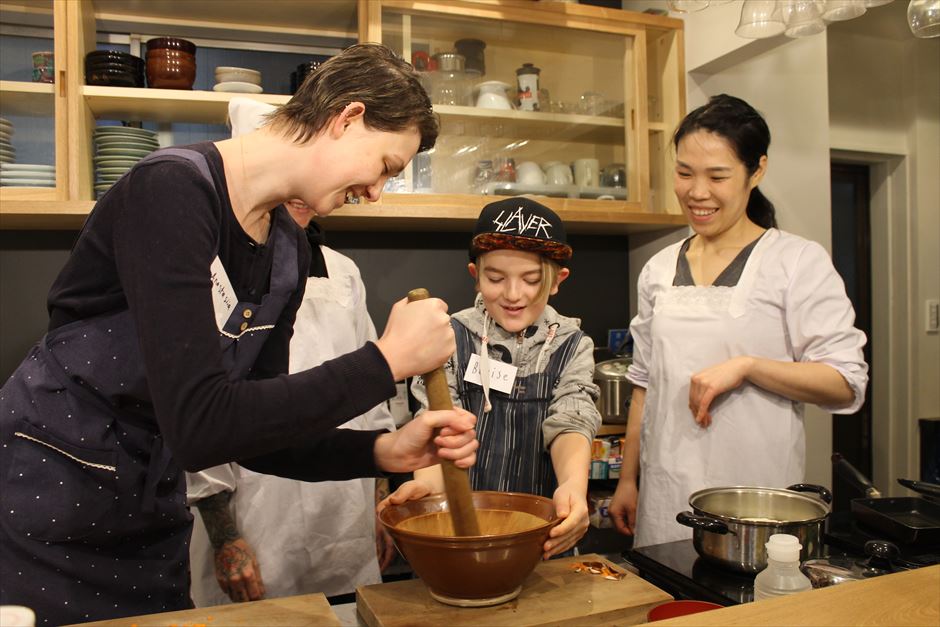
They are smashing “Hanpen ” which is a fish product made from minced fish meat grated with yamaimo (Japanese mountain potato) and egg white. These are Kamaboko made in red-and-white, which is recognized as a lucky color in Japan.
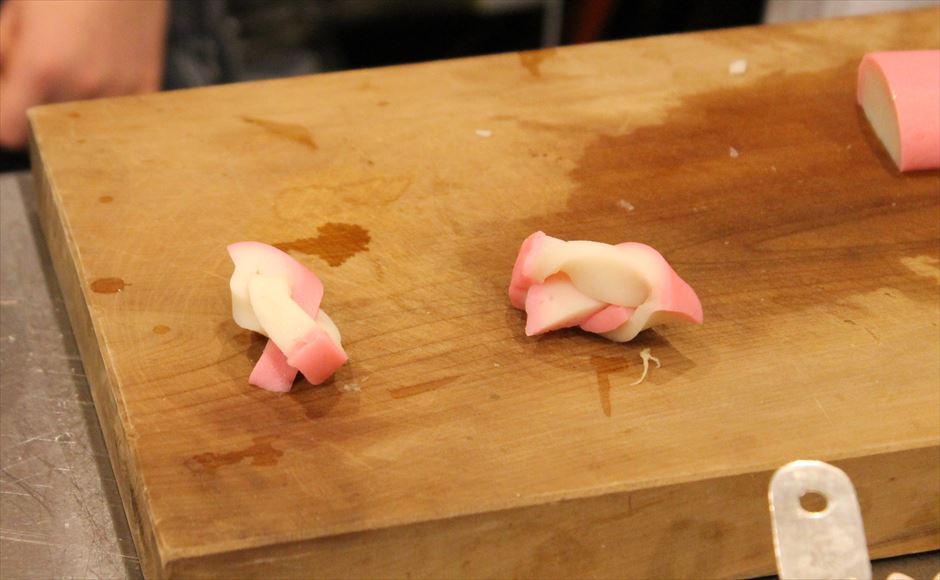
It is tied up in a creative way meaning to form a connection with other people.
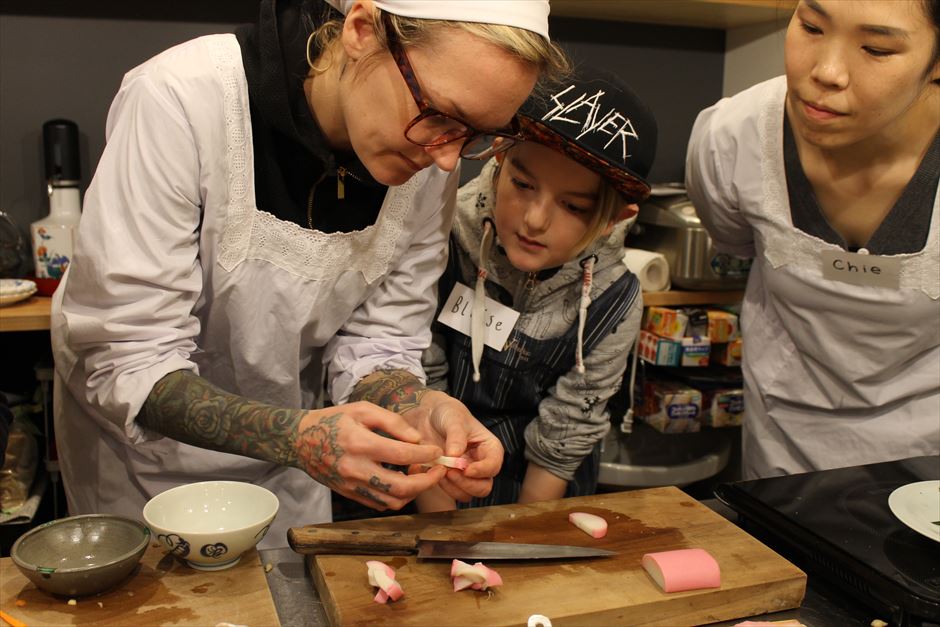
“Kurikinton” is made from mashed sweet potatoes with sweetened chestnuts. The gold color represents prosperous business or luck.

“Kohaku Namasu” is a typical New Year’s salad made with thinly sliced carrot and daikon radish marinated in sweetened rice vinegar. The carrot represents “red” and daikon-radish represents “white” and these two colors are considered as celebratory colors in Japan.
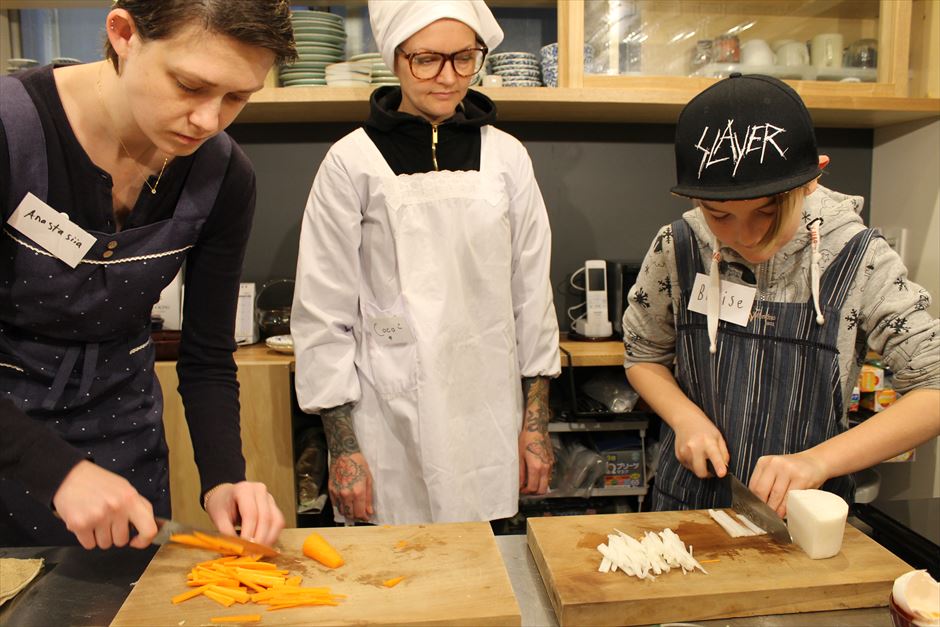
This “Kohaku Namasu” looks just like red-and-white string (Mizuhiki) that Japanese people use when wrapping up gifts. Root vegetables grow deep into the ground and represents the meaning of peace and security of the family and business. We placed the Namasu on the fragrant “Yuzu”.
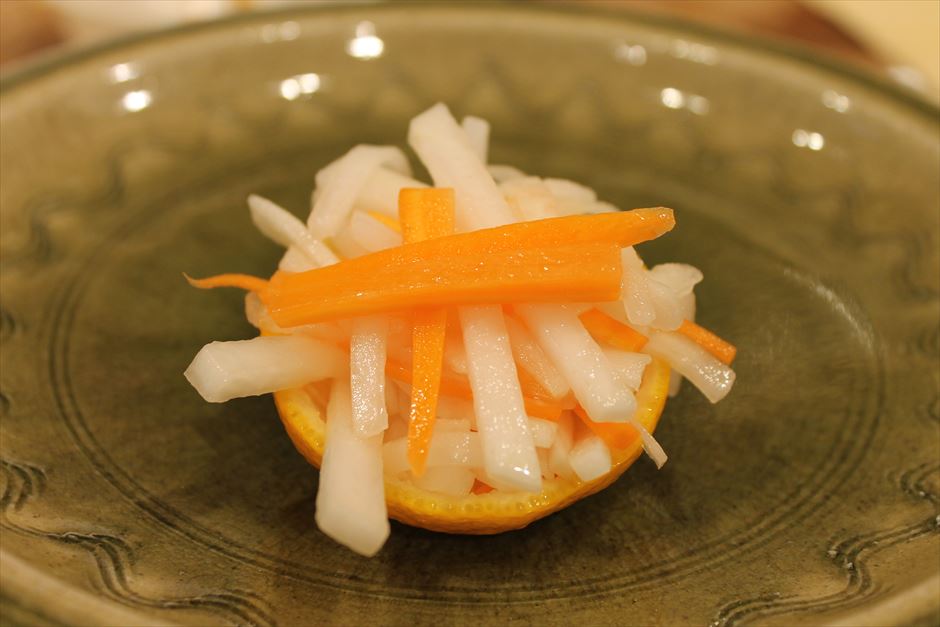
We also made “Ozoni” which is a traditional Japanese New Year’s soup. The main ingredient is mochi (pounded rice cake) but the flavor and ingredients vary across regions. This time we made a Kanto-style Ozoni, which is a soy-sauce based soup.
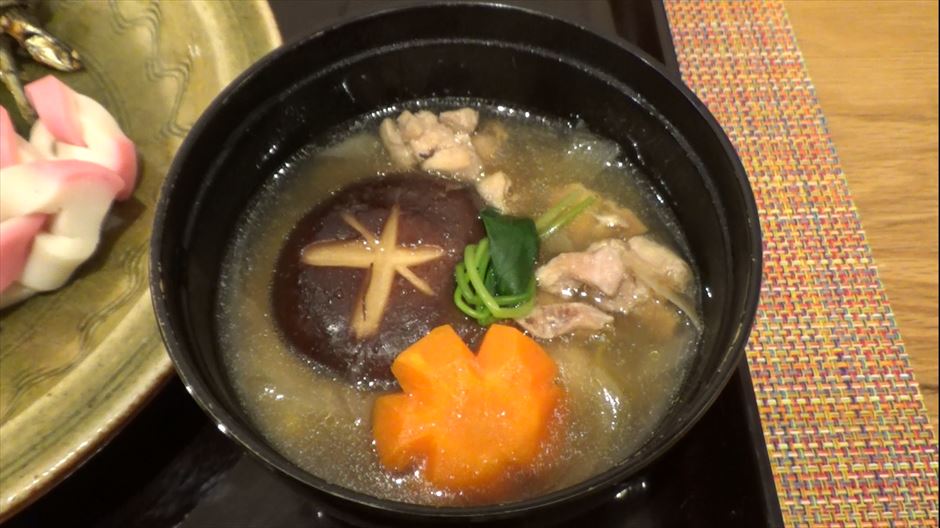
One of the appeals of att.Kitchen program is that you can learn about the Japanese culture hidden in Japanese cuisine while learning how to cook from a professional chef.

At the end, we all ate the Osechi we made.